Perry-Winkle Farm
go.ncsu.edu/readext?177730
en Español / em Português
El inglés es el idioma de control de esta página. En la medida en que haya algún conflicto entre la traducción al inglés y la traducción, el inglés prevalece.
Al hacer clic en el enlace de traducción se activa un servicio de traducción gratuito para convertir la página al español. Al igual que con cualquier traducción por Internet, la conversión no es sensible al contexto y puede que no traduzca el texto en su significado original. NC State Extension no garantiza la exactitud del texto traducido. Por favor, tenga en cuenta que algunas aplicaciones y/o servicios pueden no funcionar como se espera cuando se traducen.
Português
Inglês é o idioma de controle desta página. Na medida que haja algum conflito entre o texto original em Inglês e a tradução, o Inglês prevalece.
Ao clicar no link de tradução, um serviço gratuito de tradução será ativado para converter a página para o Português. Como em qualquer tradução pela internet, a conversão não é sensivel ao contexto e pode não ocorrer a tradução para o significado orginal. O serviço de Extensão da Carolina do Norte (NC State Extension) não garante a exatidão do texto traduzido. Por favor, observe que algumas funções ou serviços podem não funcionar como esperado após a tradução.
English
English is the controlling language of this page. To the extent there is any conflict between the English text and the translation, English controls.
Clicking on the translation link activates a free translation service to convert the page to Spanish. As with any Internet translation, the conversion is not context-sensitive and may not translate the text to its original meaning. NC State Extension does not guarantee the accuracy of the translated text. Please note that some applications and/or services may not function as expected when translated.
Collapse ▲Photos and text by Debbie Roos, Agricultural Extension Agent.
Soil Management and Planting
|
Page 3
|
||||

Rye cover crop strips in early April. Cover crops are a vital part of the rotation at Perry-winkle Farm. Rye is allelopathic – as it decomposes, it releases a compound into the soil that prevents small weed seeds from germinating. It also adds organic matter to the soil and acts as a windbreak for tender crops. Beans were later planted between the rows of rye.

Snap beans are direct-seeded in between rows of a rye and vetch cover crop in late April.
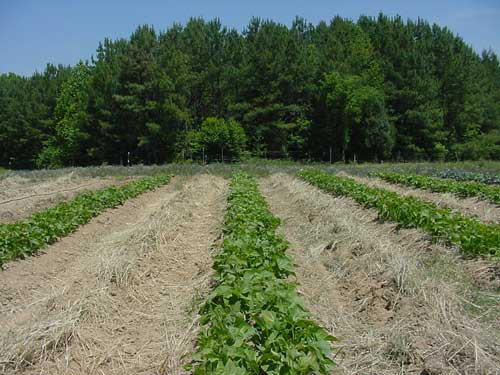
One month later, the cover crop has been mowed and the beans are taking off.
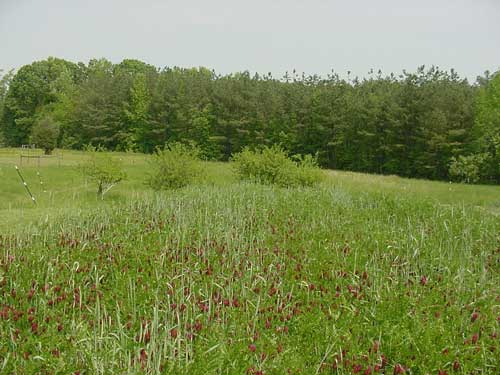
Early May view of a field planted in rye, vetch, and crimson clover. This is a great mixture: the vetch is a legume that loves to climb and uses the rye for support. Crimson clover, another legume, provides much needed nitrogen for following crops. Cool-season cover crops are planted in September and October but put on most of their growth in the spring.
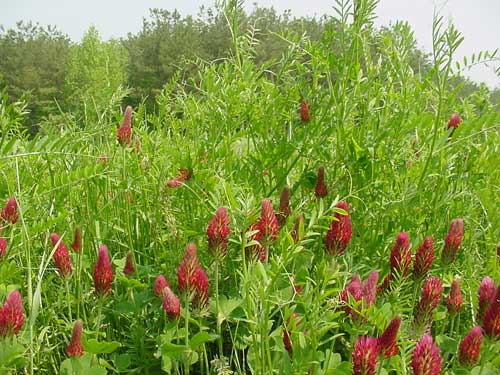
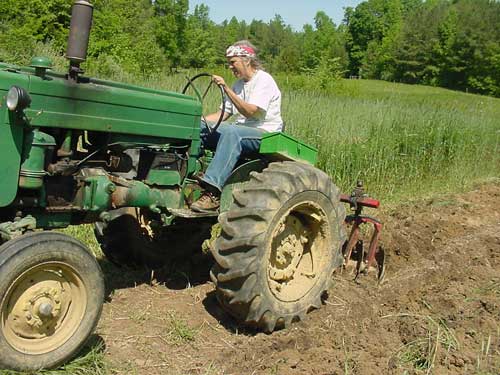
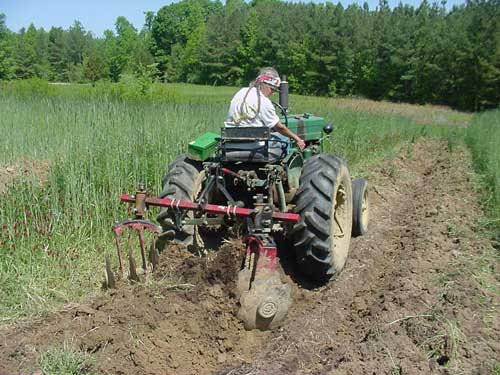

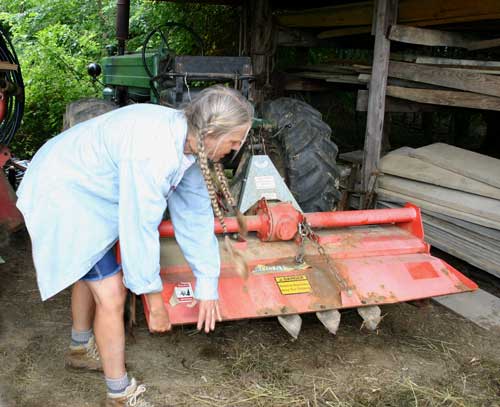


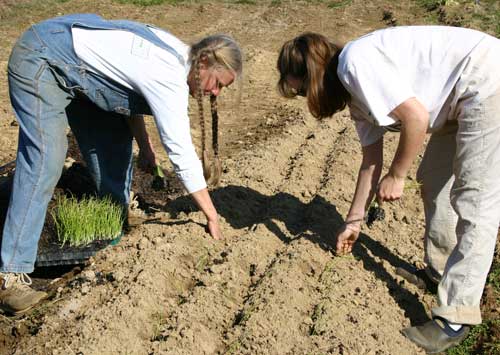
next page
|
Page 3
|
||||


